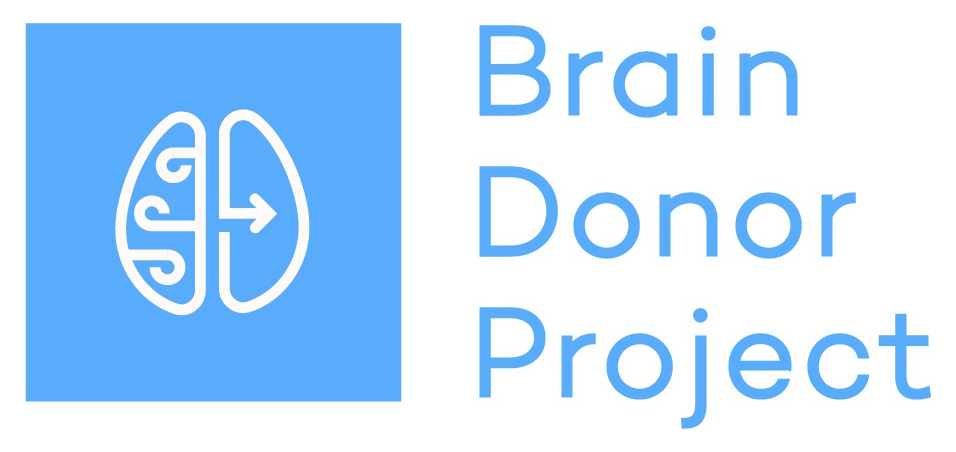Home > Resources > Brain Donor Project
When Gene Armentrout died after suffering from Lewy Body Dementia (LBD), his family knew of his wishes to donate his body for anatomical study. They quickly learned how valuable his brain would be for researchers studying LBD and successfully navigated the process of brain donation. The NeuroBioBank of the National Institutes of Health (NIH) had recently been formed and was in need of brains for research—but there was no partner organization that served as the conduit to help connect willing donors. Gene’s family recognized this essential need and formed the Brain Donor Project in 2016.
Today the Brain Donor Project is a nonprofit run by Gene’s daughter Tish Hevel. The organization supports the National Institutes of Health in making available high-quality, well-characterized brain tissue for neurologic researchers. To date over 15,000 people have registered to help advance the science of brain disease through their brain donation wishes.
One in six Americans suffer from some type of neurological disorder, including dementia, autism, and Parkinson’s, to name a few. The Brain Donor Project works as the intake arm for the NIH and its six NeuroBioBanks around the nation. These brain banks orchestrate the delivery of tissue to scientists working on critical research in the United States and overseas.
Unlike when one designates through their driver’s license or state ID card to sign up as an organ and tissue donor, arrangements for brain donations for neurological research must be made separately.
The Brain Donor Project site walks individuals who are interested in donating through the pre-registration process. Once the online form is submitted, another set of registration forms from one of the NIH’s NeuroBioBanks will arrive within 10 business days. Consent and release forms will be delivered to donors, along with instructions for their loved ones or whomever will be tasked with carrying out their wishes upon death.
Some important facts to keep in mind include:
- People who have not been diagnosed with a neurological disorder can help, too. Control brains are just as valuable.
- Brain donation is not disfiguring—if wished, an open casket is still an option.
- There’s no additional cost to the family for brain donation.
- Families are given information from the NIH about the donor’s brain which usually only occurs with a postmortem autopsy.
When that time comes, the body will be transported to a medical or mortuary location for the brain to be retrieved and shipped at no cost to the family. Time is very important in the brain donation process, so deciding to register in advance helps ensure that all the coordination can be accomplished quickly. Doulas can help plan and play an active role in a client’s end-of-life care plan, as well as what happens after that call for transportation is made and loved ones are waiting with the donor’s body. Following the brain donation removal, the body is then released to the family to facilitate end-of-life celebrations or funeral ceremonies.

